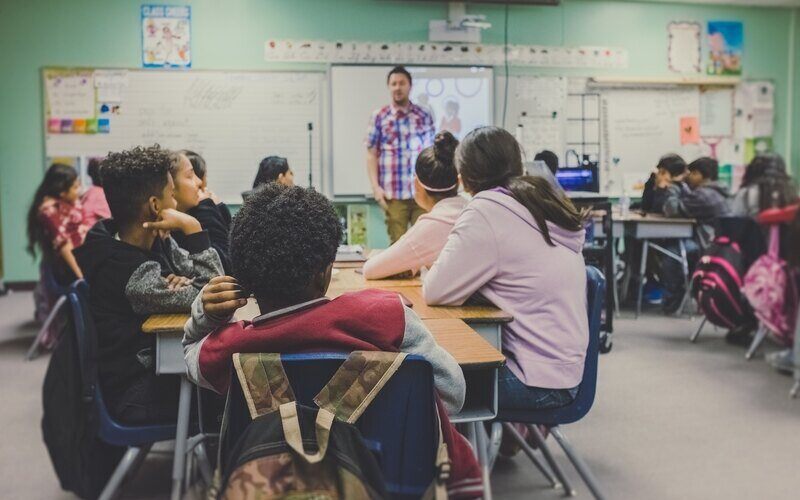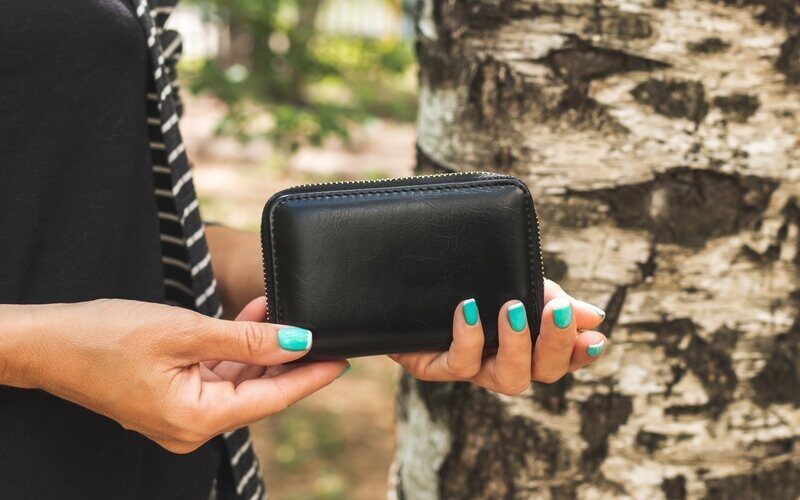The first instalment of $350 will begin appearing on power bills in the July/August cycle, while the second instalment is set for December/January.
Small businesses (with an annual electricity consumption below 50 megawatt hours) are set for a total credit of $725, $362.50 in the first installment.
The rebate comes from both the state and federal government, with the Cook Government committing $492 million in the WA state budget to offer an additional energy credit on top of the $300 per household pledged in the 24/25 federal budget.
It's the largest energy bill relief WA residents have ever received, and Premier Roger Cook said cost of living relief remains his top priority.
"My government is looking at all options to help Western Australians with cost of living pressures, because we'll always do what's right for WA," Mr Cook said.
Households that require additional support, like pensioners, veterans and Health Care Card holders, can receive additional support through the Energy Assistance Payment, which for some could mean extra relief worth well over $1,000.
"The primary focus of our economic plan and our Budget is to ease pressure on Western Australians and put downward pressure on inflation, and our new power bill relief does both," Treasurer Jim Chalmers said regarding the WA rebate.
Western Australia's budget surpluses and cost-of-living relief measures are in part due to the federal government paying the state around $50 billion in GST compensation, $44 billion more than originally forecast, as unveiled in the 24/25 federal budget.
How to get the rebate
If your household or small business electricity account is with Synergy or Horizon Power, you don't need to go anything to get the rebate - your account will automatically be credited.
If you are billed for electricity by other providers, as it stands you'll need to apply through RevenueWA and the Small Business Development Corporation.
Applications are expected to open in July.
Queensland still in front
While this is the highest energy rebate WA households have ever been granted, it still isn't the highest in Australia at the moment.
In May, the Miles Government announced Queenslanders would receive a $1,000 energy bill credit in July, on top of the $300 from Albanese.
However, the $400 in WA is more than Tasmania ($250) and NSW (up to $350 for low income households).
Cost of living relief 'inflationary'?
In Michele Bullock's statement accompanying last week's monetary policy decision, one line in particular drew the attention of commentators.
"Recent budget outcomes may...have an impact on demand, although federal and state energy rebates will temporarily reduce headline inflation," she wrote.
Some commentators took this as a warning from the RBA that free spending state governments could be hindering efforts to bring down inflation.
The plan is for high interest rates to contract spending, bringing demand and supply closer together, so the argument is that more money in household's pockets could contribute to excess demand.
However, as Ms Bullock said in the second part of that sentence, reducing what Australians are paying for their electricity brings down inflation by definition.
Indexed to March 2023, energy costs rose 1.9% according to the CPI inflation indicator.
Without these rebates, electricity and gas bills would have risen 14.9%.
Ms Bullock has said the RBA will ignore the temporary bill relief measures when assessing inflation.
Picture by Harry Cunningham on Unsplash



 Denise Raward
Denise Raward

 Harry O'Sullivan
Harry O'Sullivan
 William Jolly
William Jolly


